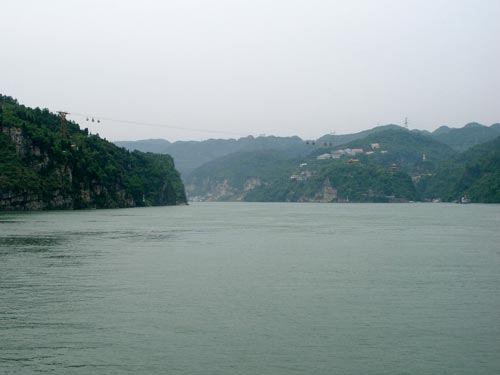
Nanjin Guan (Southern Crossing Pass) is one of the two natural gateways of the Three Gorges. The other is Kui Gate at Qutang Gorge, on the western end.
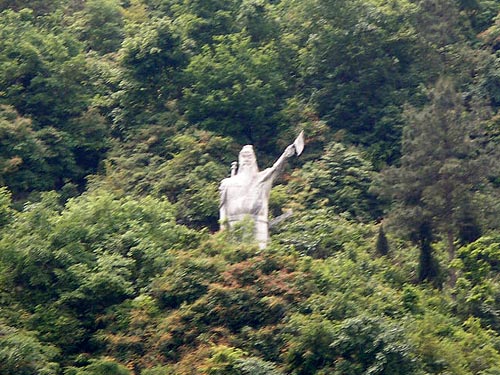
On the lefthand side of the pass, a statue on the hillside honors Lieutenant-General Yang Hanyu (1905 - 1973). He commanded divisions during the Pacific War of WWII against the Empire of Japan.
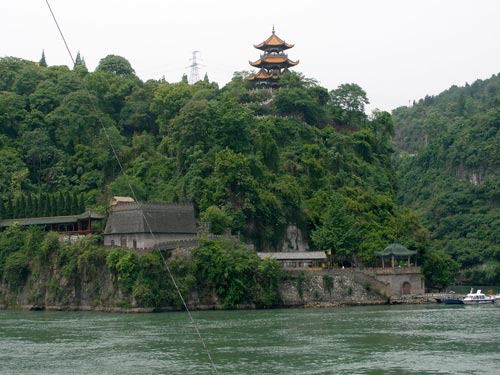
ZhixiTing (Pavilion of Extreme Happiness) is located on Xiling Mountain. The three-story structure was built during the Song Dynasty (960 - 1279).

Three Travelers' Cave (Sanyou Dong)
Carved into the same mountain is Three Travelers' Cave. There are two stories related to the origin of its name. The first story tells of how, in 819 (during the Tang Dynasty), the great poet Bai Juyi and his younger brother (Bai Xingjian) met with another great poet, Yuan Zhen. They spent the whole night here composing poems, lending fame to the cave. Then, 137 years later during the Song Dynasty, another three eminent writers (Su Xun and his sons, Su Shi and Su Zhe) visited the cave and each inscribed a poem on the wall. From then on, the cave had an even greater reputation.
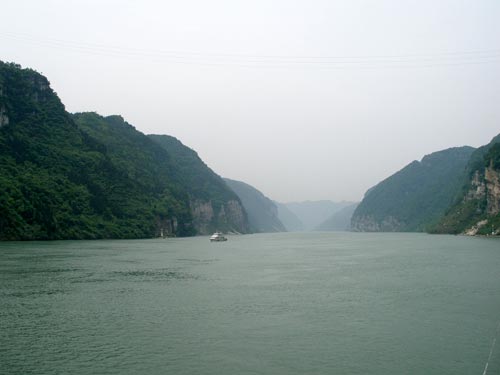
The water is a pretty green color now, but seasonal rains will stir up sediment.
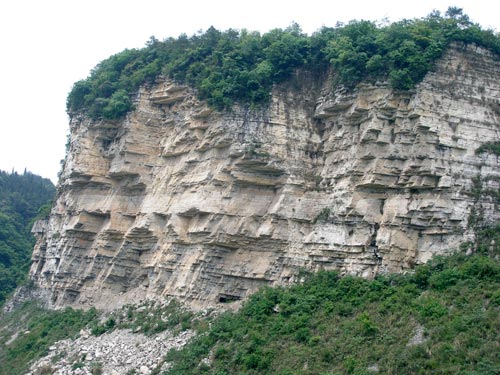
The cliffs are made of sandstone...
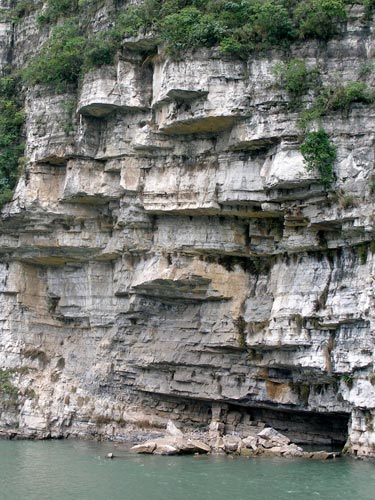
... which breaks off, forming the numerous ledges.
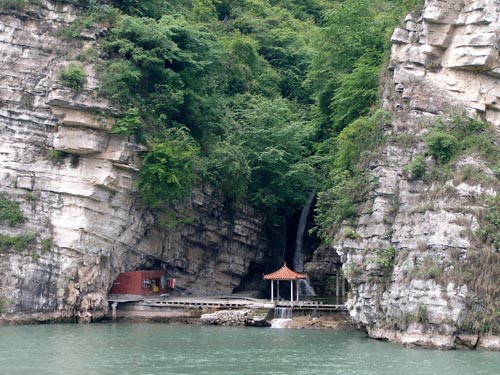
A local tea stop
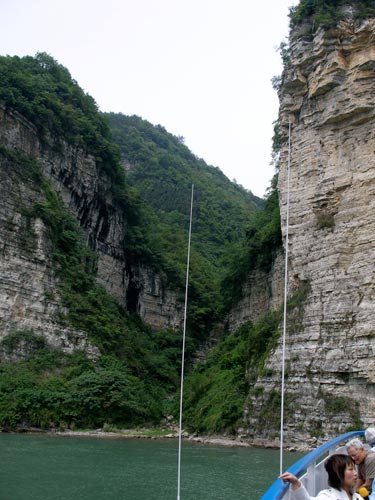
Natalie explains the sites and history of the gorge.

This barge is transporting trucks.
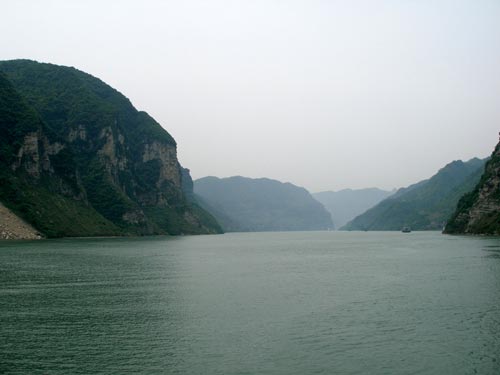
The serenity of the gorge
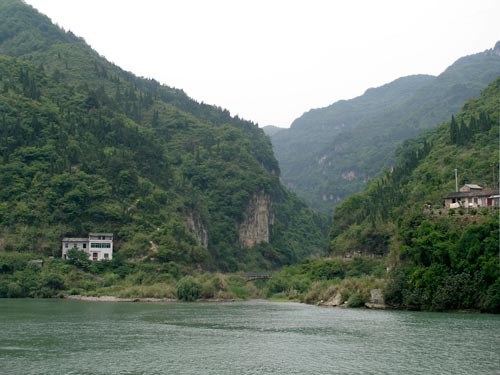
Homes are nestled in the hillsides.
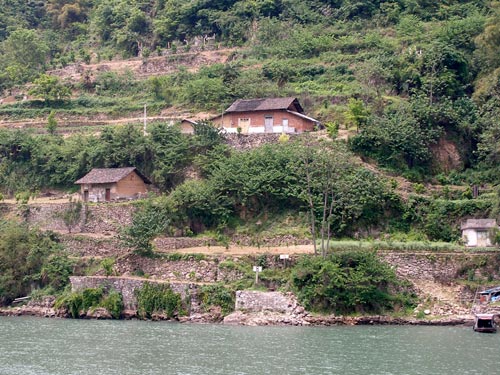
Farms grow green tea, tobacco and oranges.

Graves are often highly decorated with flags and banners.

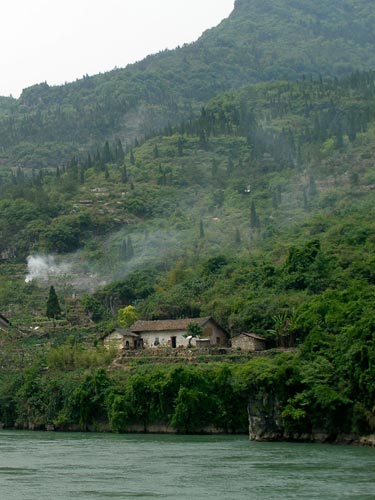
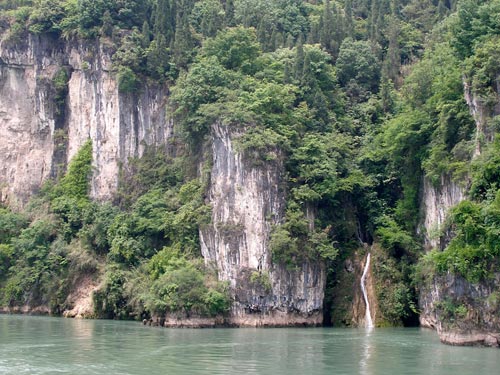
A small waterfall snakes its way down to the river.
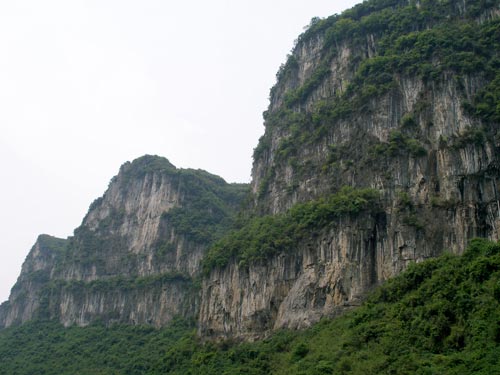
Tall mountains line both sides of the river.
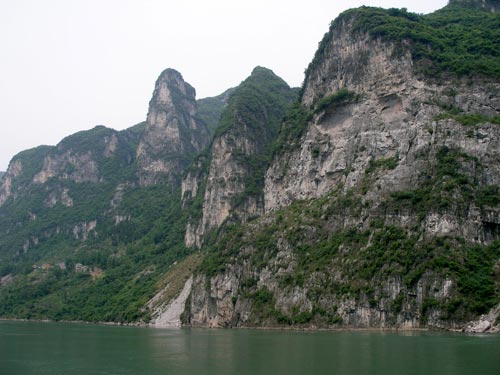
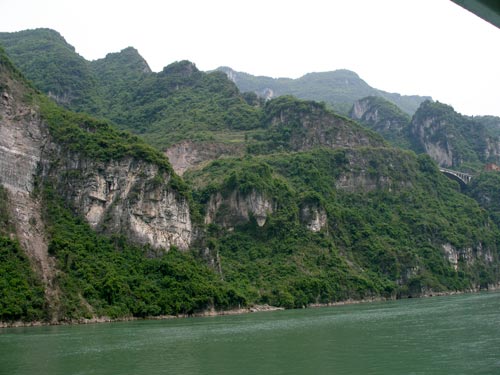
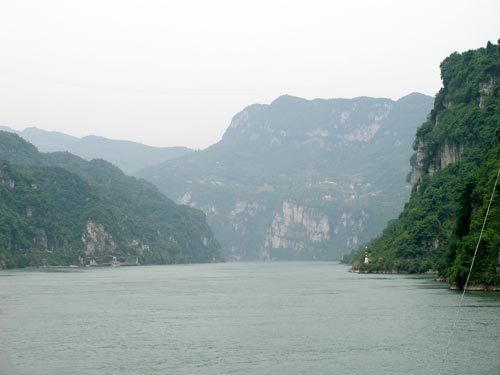
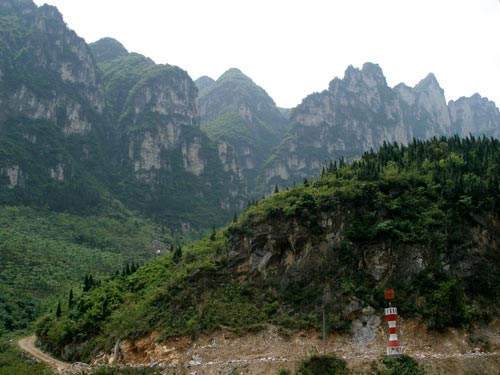
Red markers indicate the south bank of the river...
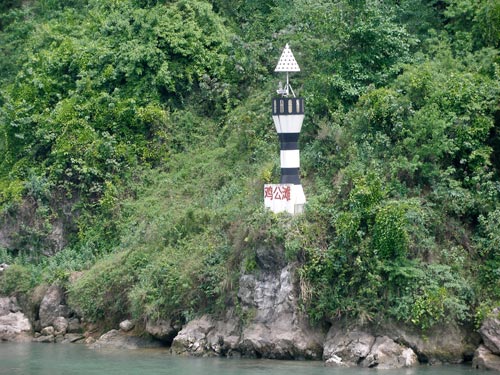
... while markers line the north side.
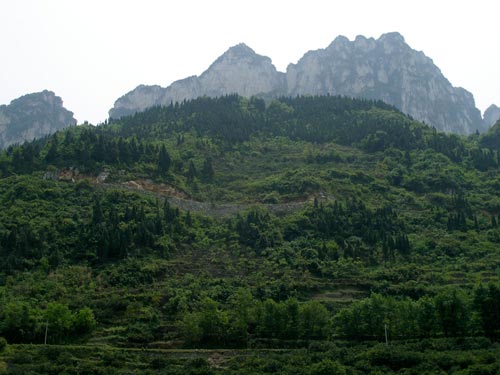


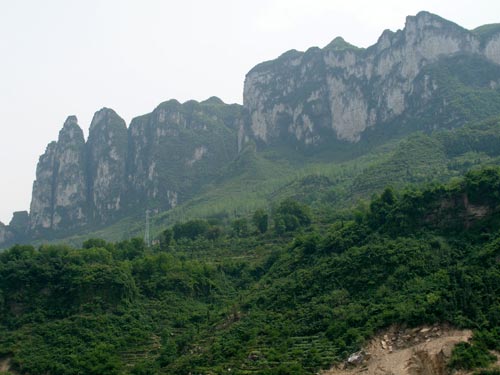
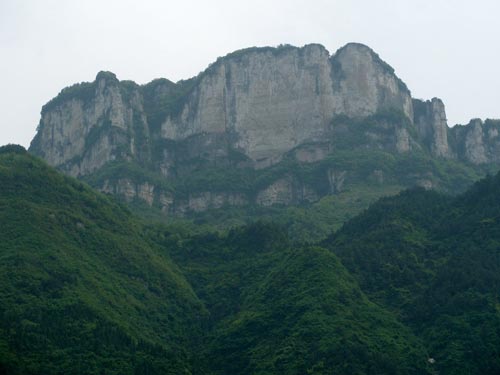
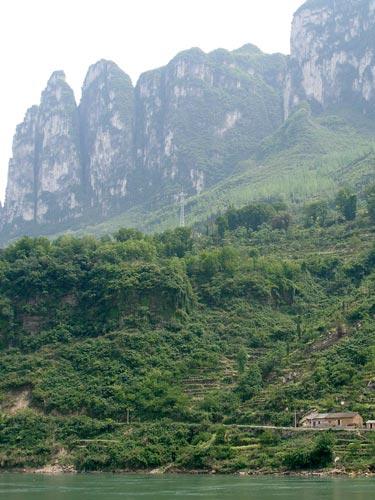
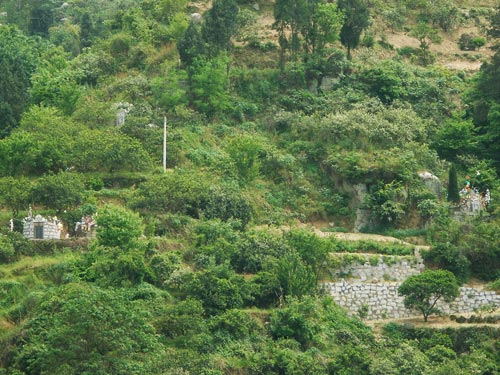
More decorated graves
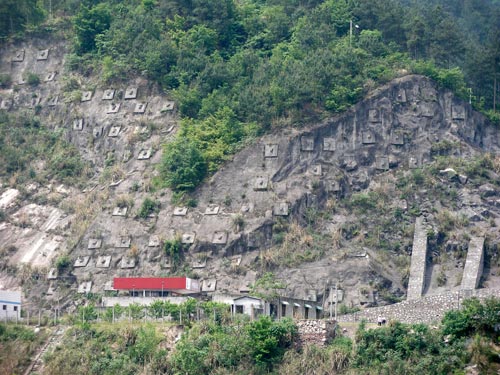
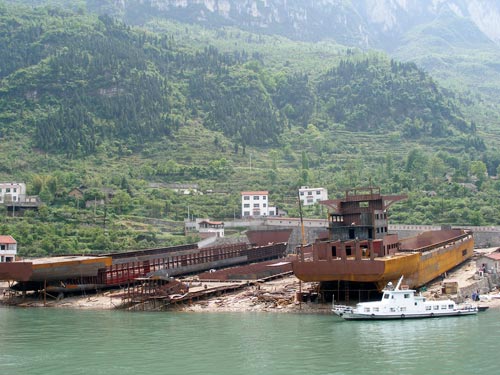
A dry dock
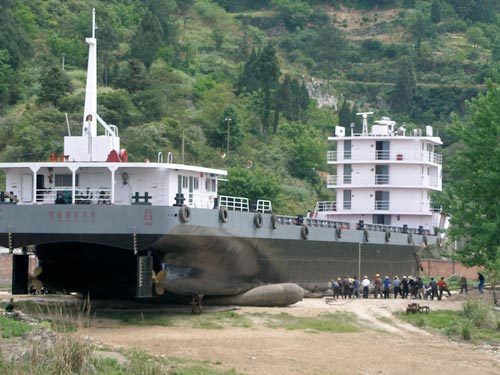
A group of men are attempting to move something by pulling with ropes.

